Importance and Applications of IoT
The IoT is crucial across various industries. In healthcare, IoT devices monitor patient health remotely, improving care and reducing hospital visits. IoT technologies are employed in smart cities to streamline traffic management, curtail energy wastage, and bolster public safety.
IoT's primary role is to improve efficiency and productivity. IoT systems enable more informed decision-making by automating tasks and providing real-time data. This leads to significant time and cost savings, as well as enhanced quality of services.
Real-World IoT Case Studies
Let us delve into the practical applications of IoT across various industries, to get a glimpse of how this technology is being used to solve real-world problems and improve efficiencies.
One case study is smart agriculture, where IoT technology is revolutionizing traditional farming practices. Field sensors monitor soil moisture levels, weather conditions, and crop growth. This data enables farmers to make informed decisions about irrigation and fertilizer use and eventually optimize crop yields while conserving resources. Such IoT applications enhance agricultural productivity and contribute to sustainable farming practices.
Another case study is about the impact of IoT in healthcare. Remote monitoring devices have become increasingly prevalent in modern medical environments. They allow healthcare providers to track patient health metrics in real-time. This technology is particularly beneficial for managing chronic conditions and providing elderly care. For example, wearable devices that monitor heart rate and blood sugar levels can alert healthcare providers to potential issues before they become critical and enable timely intervention.
IoT and Education
Integrating IoT in education offers new opportunities and methods for engagement and understanding. IoT has emerged as a critical area of study in modern education. It reflects its growing importance in the world outside the classroom.
Educational institutions are increasingly incorporating IoT into their curriculums. They recognize the need to prepare students for a future with the ubiquitous use of IoT technology. Courses on IoT technology cover various topics, from the basics of sensors and connectivity to more advanced concepts like data analytics and security in IoT networks.
IoT is also revolutionizing how education is delivered. IoT devices and systems are being used to create more interactive and engaging learning environments. For example, smart classrooms with IoT devices can adjust lighting and temperature automatically for optimal learning conditions. IoT-enabled educational tools such as interactive smartboards and virtual reality experiences, enhance how subjects are taught. They make learning more dynamic and accessible.
IoT also offers tremendous aid to personalized learning. IoT systems can help educators tailor their teaching approaches to the needs of individual students by collecting and analyzing data on student engagement and performance. This customization ensures that each student receives the attention and resources they need to succeed.
IoT devices play an understandably crucial role in remote learning scenarios. They can help bridge the gap for students who may not have access to traditional classroom settings. They offer alternative avenues for education and skill development. Wearable IoT devices, for instance, can track student engagement and health during remote learning to ensure the educational experience is practical and holistic.
.webp)
Getting Started with IoT
To embark on an IoT journey, understanding essential skills is crucial. Coding is fundamental for creating the software that drives IoT devices. Hardware design knowledge is necessary for building the physical components. Data analysis skills are vital for interpreting the vast amounts of data IoT devices generate.
Selecting the right platform is vital when starting an IoT project. Platforms like Azure IoT Suite or AWS IoT provide robust frameworks. Basic hardware requirements usually include sensors and microcontrollers. On the software side, familiarity with platforms like Arduino or Raspberry Pi is beneficial.
Here are some tips for beginners:
- Start small: Begin with a simple project, like a temperature sensor network.
- Learn continuously: IoT is rapidly evolving, so staying updated with the latest trends and technologies is essential.
- Experiment: Hands-on experience is invaluable. Building various projects will deepen your understanding and skill.


.webp)




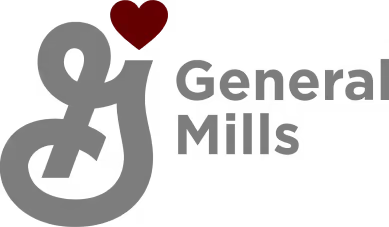
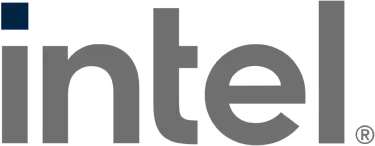



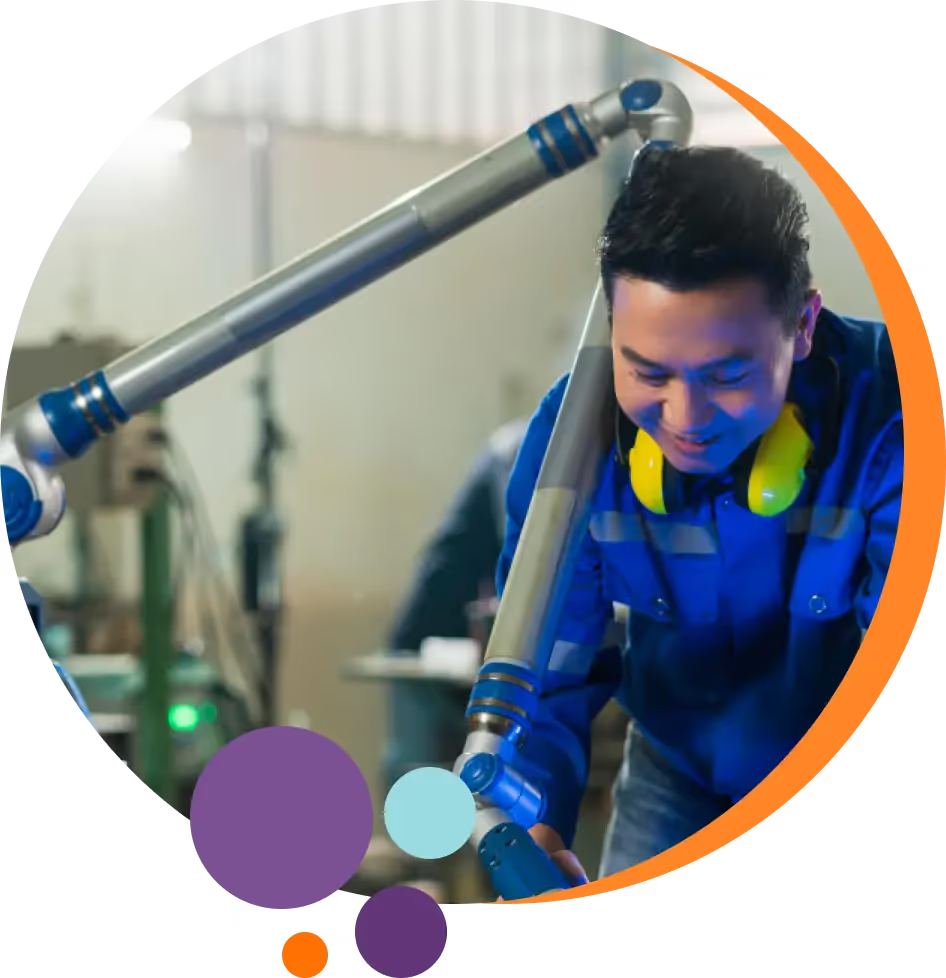

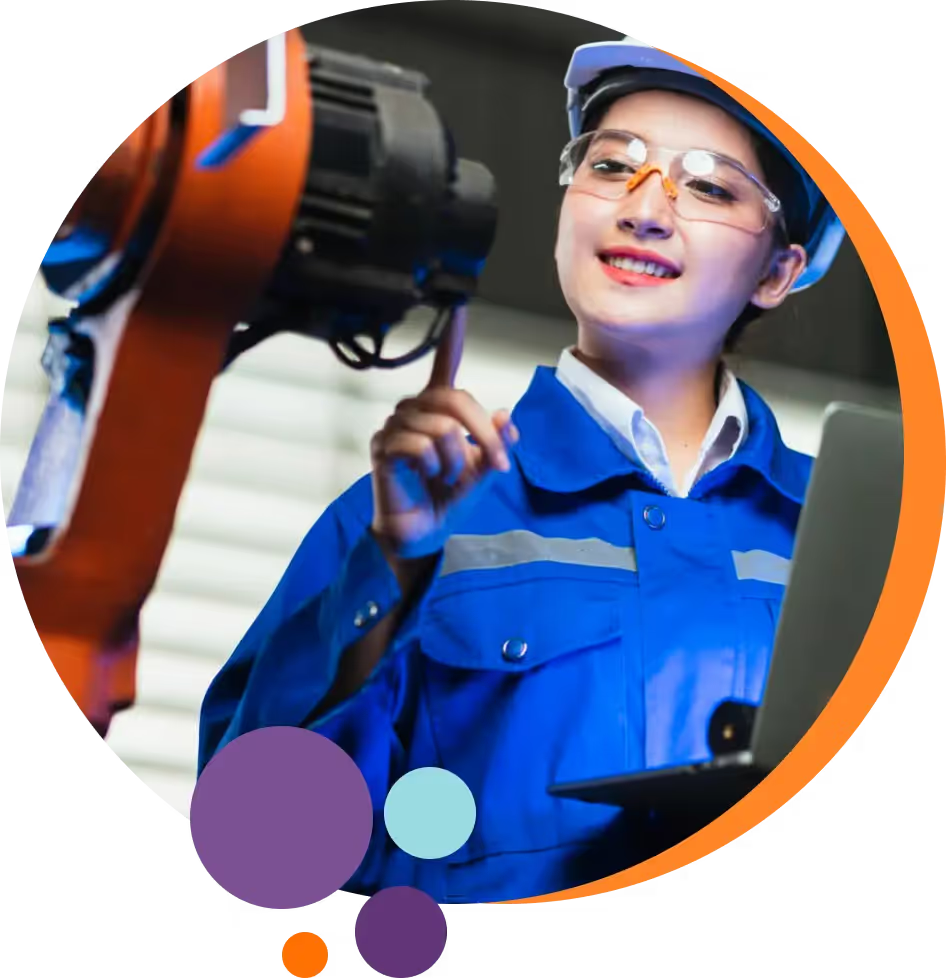

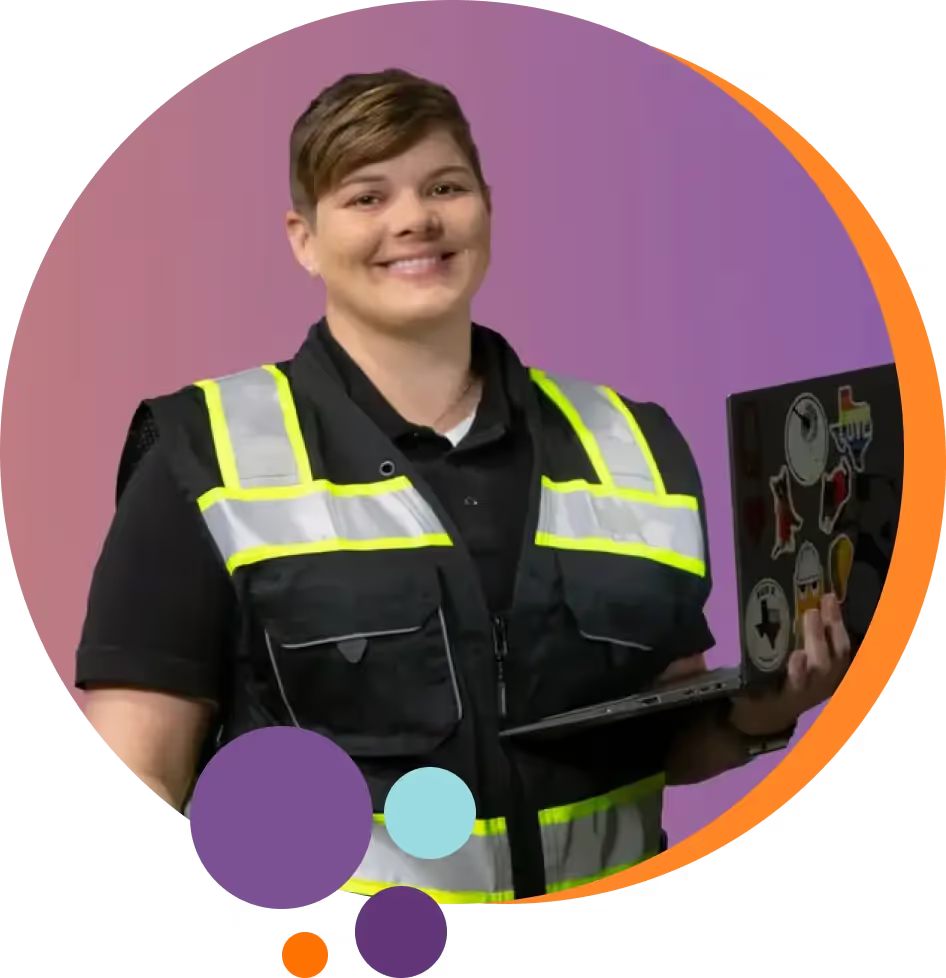

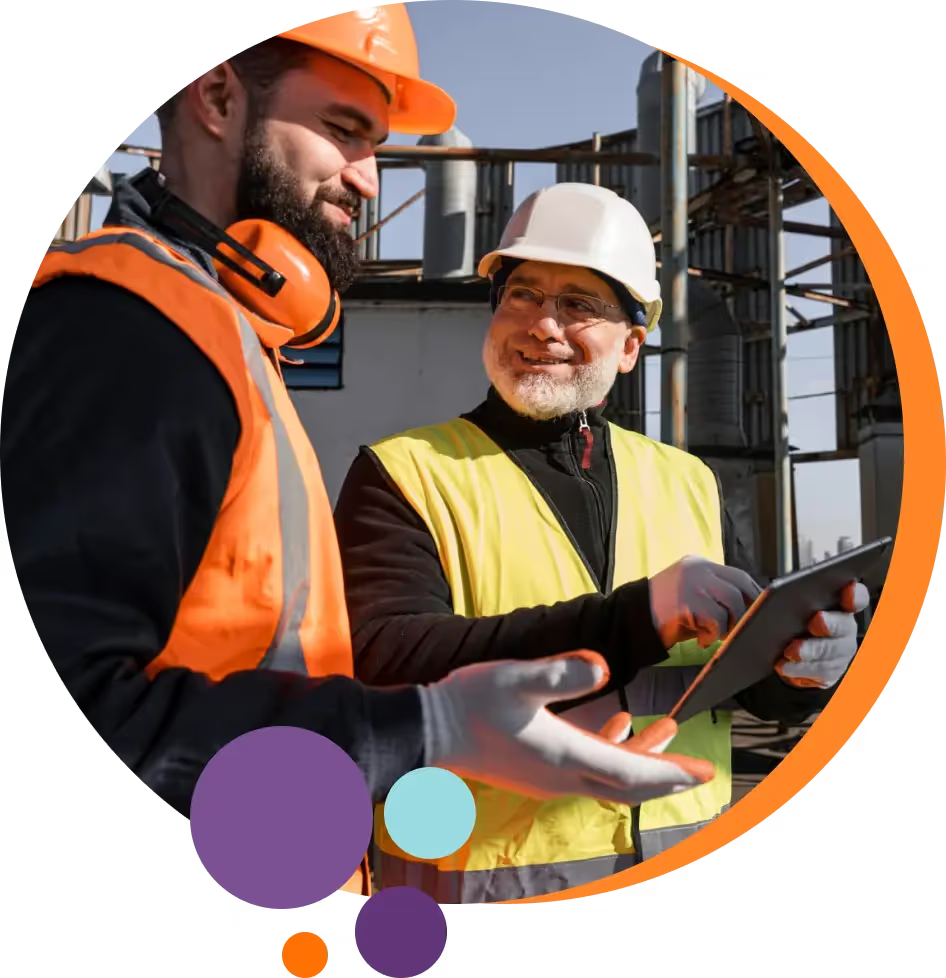


.webp)


